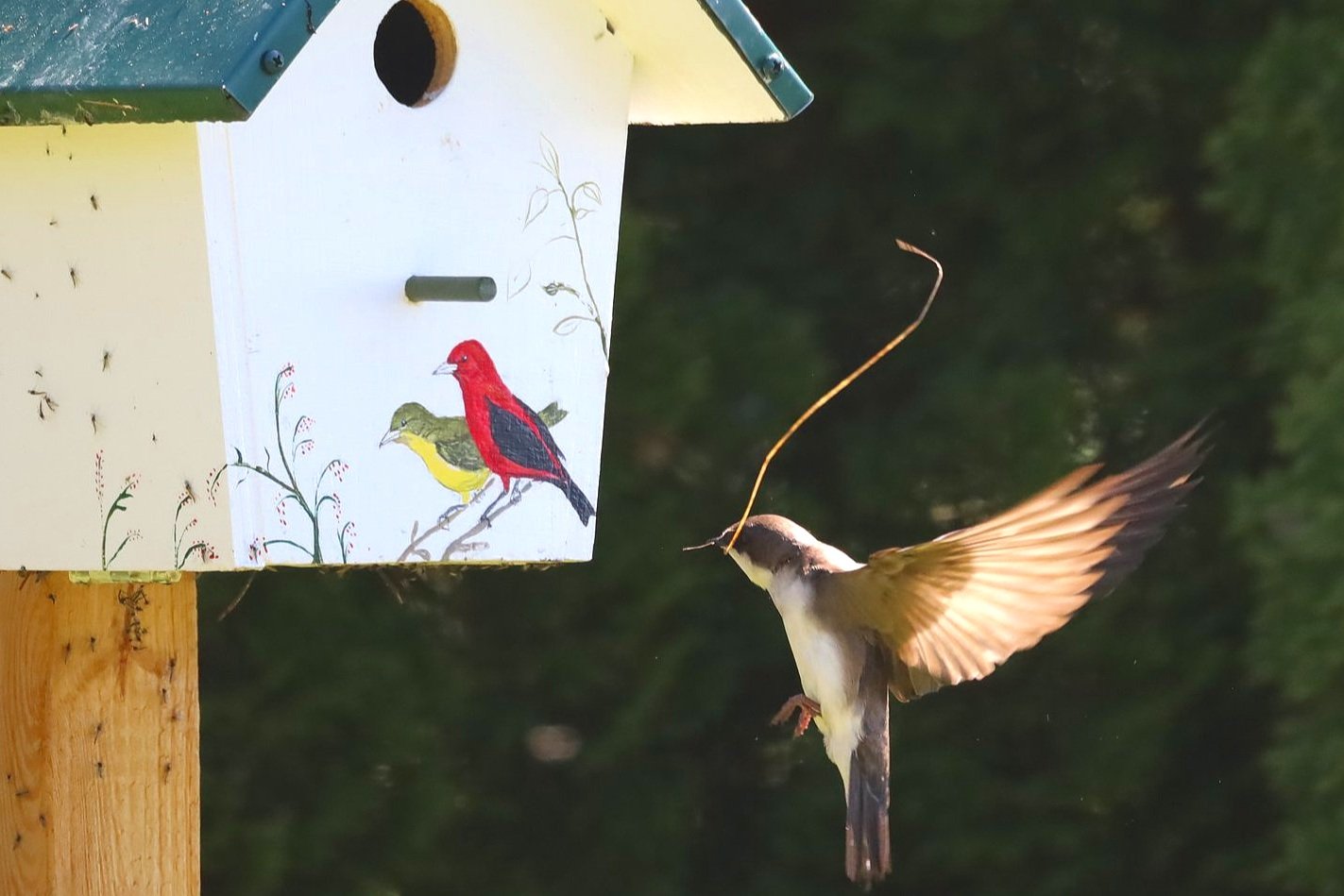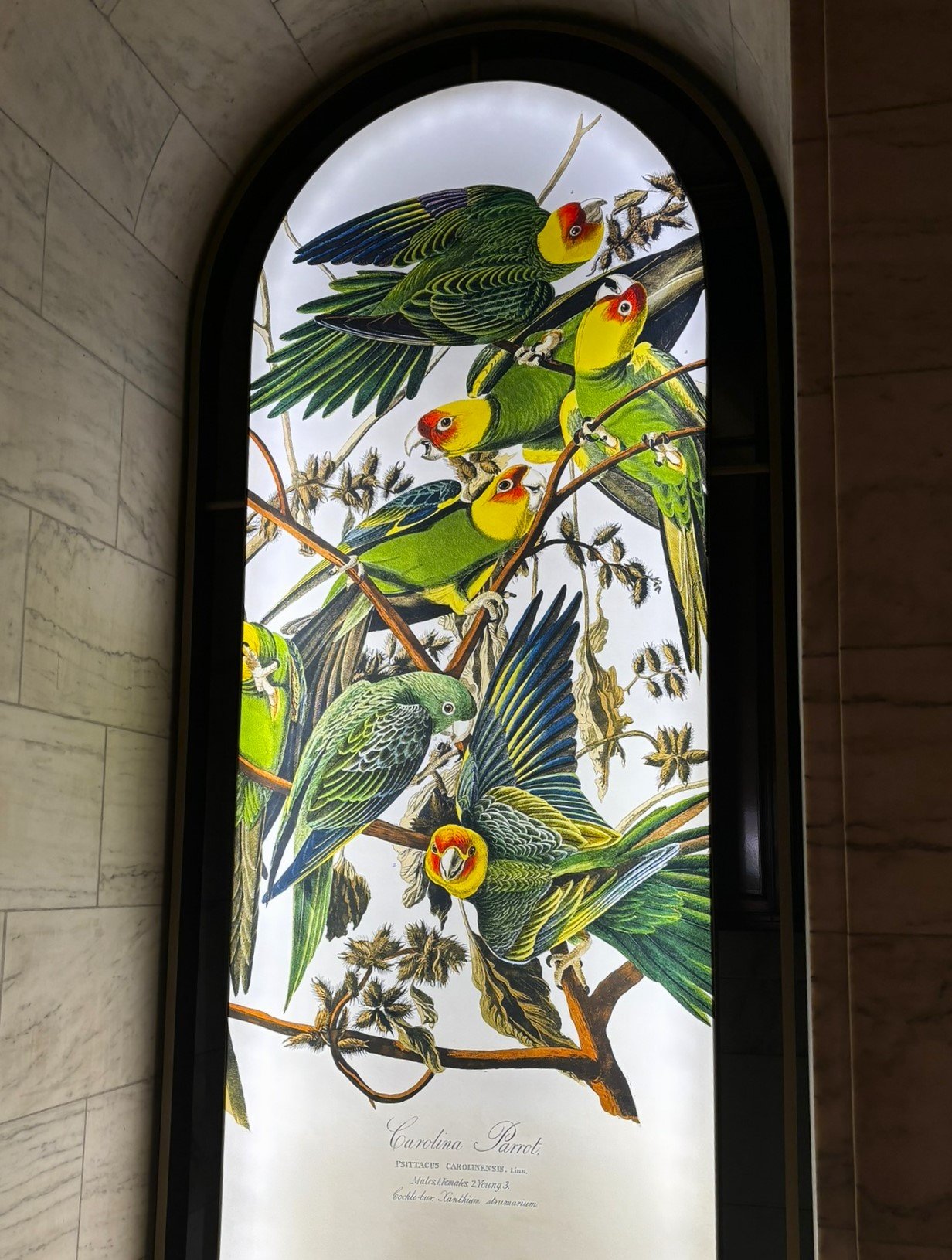Four blissful days outside cell service
A black bear (Ursus americanus) comes a bit too close for comfort. I was in the car, shooting photos through a lowered window, and this is with a long lens… but these creatures move a LOT faster than you think they might.
All photos in this posting, unless otherwise noted, are © John Degen.
Once a year (at least) I try to get myself completely off the grid and offline for a few days of quiet reflection and contemplation. My day job is so public-facing and so perpetually connected through electronic communications, it can seem impossible to take a real vacation as long as there is dependable cell service reaching the everything-device in my pocket. I have become a reluctant master at problem-solving on the phone at the departures gate, and have been awakened by alerts regarding crisis communications in too many time zones to count.
For the time being I’m fortunate that Northern Ontario has been so neglected by government infrastructure investment and Canada’s telecommunications sector that we still have large cell and internet dead zones in which to disappear. Not great for those folks living in those zones, of course, or for emergency communications if you happened to need them while passing through; but a blessed relief to the overconnected rat-racer and sandwich-generation stalwart who needs to remember old dreams, old priorities, and old simple pleasures, if only for a few days. I had my big camera with me, and theoretically I was there for birding, but you’ll forgive me if I often just listened, looked, breathed, and let the birds go about their business unphotographed.
Okay, I did manage this shot of a Black-throated green warbler (Setophaga virens) that was using my campsite for nest-material gathering.
I can’t adequately describe the feeling of absolute luxury that comes with chucking one’s phone into the glove compartment in a shady northern car-camping ground. I admit it takes me awhile to get to that point on one of these vacations. The impulse to glance at the lock-screen for alerts is addiction-level disruptive, but after a day of not finding anything there, and noting zero bars where there should be five bars, it starts to feel a bit silly having an electronic brick on one’s person. The camp-chair, the birdsong, the stovetop coffee and the old paperback Graham Greene novel beckon. Resistance is futile.
Camp coffee, books, and birdsong. Heaven.
For my non-Canadian readers, the northeast shore of Lake Superior (my preferred communications dead-zone) is one of the most spectacular and awe-inspiring drives one could hope for in the middle of the continent. The Big Lake is special. It is the largest freshwater lake in the world (by surface area), and holds more clear, cold water in its massive depths than all of the other Great Lakes combined. In fact, it would require three more Lake-Erie-sized lakes to take the overflow from an emptied Superior after it filled all the other Great Lakes.
Old Woman Bay on Lake Superior.
High Falls of the Magpie River at Wawa, Ontario.
For pitifully tiny humans on Superior’s relatively under-populated shores, this translates into fantastic vistas, endless beaches of both sand and lake-smoothed rock, blissful quiet, and awesome natural presence. If you don’t already, you might want to follow the GLOAT (greatest lake of all time) on the socials. Once you’ve seen it and tried to capture its visual splendour, it should be no mystery why Lake Superior spawned an entire school of visual art in Canada. Sure, the Group of Seven spent a lot of time in other locales, but the Superior shore paintings are iconic.
North Shore, Lake Superior — a 2024 photo by me.
And... North Shore, Lake Superior, a 1926 painting by Lawren Harris. (Oil on canvas 40 1/4 x 50 1/8 in. (102.2 x 127.3 cm). National Gallery of Canada; Purchased 1930. ©Family of Lawren S. Harris. Photo ©NGC. Photo by Pauline Adamek.)
After my first car-camping visit to Superior a few years back, I made a private vow to return, even if only for a day, each and every summer from then on. Life intrudes, of course. A super-disrupted Spring 2024 — work and family-life competed to load the greatest number of emergencies on my head — had me wondering if I’d make it north at all this year. That I did, and that I managed to disappear for four straight days seems like a blessed reward for all of the professional and personal toil in the first half of the year. At one Provincial Park along the way, the ranger checking me in asked if they had my permission to let anyone who might call for me know I was in the park. I thought for a few seconds and said “I’m going to say no. Permission denied. This is my disappearing time.” The ranger didn’t skip a beat.“Respect,” they replied.
As I returned to the wired world, driving southeast along the TransCanada Highway just outside Sault Ste. Marie, I spotted a number of large raptor nests along a line of power poles running through the Garden River First Nation. I take note of these nests often, but have never seen them occupied. This time, there was movement in three out of four of them, and I managed to get close enough for my long lens to capture an Osprey (Pandion haliaetus) literally living ON THE GRID.
A Garden River osprey takes off for some fishing.
Thanks, bird. Message received. I’m back.
“I slept as never before, a stone on the river bed,
nothing between me and the white fire of the stars
but my thoughts, and they floated light as moths
among the branches of the perfect trees.”


















































